Zongzi, a beloved traditional Chinese dish, holds a cherished place in culinary culture, particularly during the Dragon Boat Festival. These pyramid-shaped dumplings, wrapped in bamboo leaves, are typically filled with glutinous rice, savory or sweet ingredients, and, in many regions, chestnuts. Yet, a debate persists among home cooks and culinary enthusiasts: Should the chestnuts used in zongzi be raw or cooked before being added to the mixture? This article delves into the historical context, culinary techniques, and cultural practices surrounding this question, offering insights into both traditional and modern approaches.
The Role of Chestnuts in Zongzi: A Historical Perspective
Zongzi’s origins trace back over 2,000 years, rooted in the legend of Qu Yuan, a patriotic poet whose death inspired the festival. Early recipes varied by region, reflecting local agriculture and tastes. Chestnuts, a staple in many Asian diets, became a common filling due to their starchy texture and mild sweetness. Historically, chestnuts were harvested in autumn and stored for winter, making them a practical ingredient for festive dishes.
In traditional preparation, raw chestnuts were often used. This practice aligned with the philosophy of preserving natural flavors and textures through minimal processing. Raw chestnuts, when cooked within the zongzi, absorbed moisture from the glutinous rice and other ingredients, softening into a creamy, buttery consistency. This method also allowed the chestnuts to meld with the surrounding flavors, creating a harmonious taste profile.
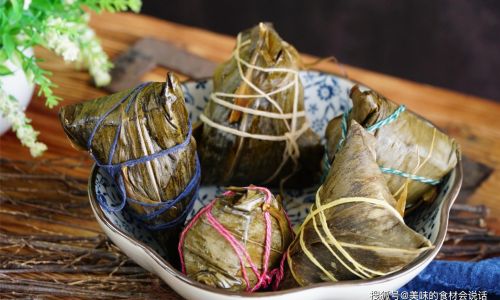
However, historical records and regional variations reveal that some communities preferred pre-cooking chestnuts. In mountainous areas where chestnuts were a dietary mainstay, roasting or boiling them before incorporation ensured a softer texture and deeper flavor. This approach also reduced cooking time, a practical advantage for large-batch preparations.
Culinary Science: Raw vs. Cooked Chestnuts
The decision to use raw or cooked chestnuts hinges on texture, flavor, and cooking efficiency. Raw chestnuts have a firm, starchy interior protected by a hard, fuzzy shell. When added to zongzi, they undergo a transformation during steaming or boiling:
- Texture: Raw chestnuts soften gradually, retaining a slight graininess that contrasts with the sticky rice.
- Flavor: They absorb aromatics from the leaves and other ingredients, developing a nuanced sweetness.
- Cooking Time: Zongzi requires prolonged steaming (4–6 hours), sufficient to cook raw chestnuts thoroughly.
Pre-cooked chestnuts, on the other hand, offer:
- Texture: A softer, creamier consistency from prior boiling or roasting.
- Flavor: A caramelized depth if roasted, or a milder taste if boiled.
- Convenience: Reduced cooking time, as they are already partially cooked.
Chefs often argue that raw chestnuts yield a superior result in zongzi, as their gradual cooking integrates them seamlessly into the dumpling. However, pre-cooked chestnuts can prevent undercooking, a common issue for novice cooks.
Regional Variations and Cultural Preferences
China’s vast culinary landscape has given rise to diverse zongzi traditions, each with unique chestnut-preparation methods:
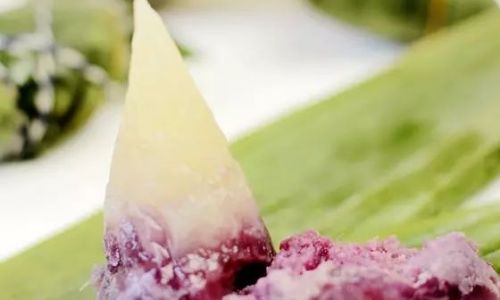
- Southern China: In regions like Guangdong and Fujian, raw chestnuts are standard. They are typically scored with an “X” to prevent bursting during cooking, ensuring even softening.
- Northern China: Some recipes in Shandong and Hebei call for lightly boiled chestnuts, which are then mixed with rice and other fillings.
- Taiwan and Southeast Asia: Modern adaptations sometimes use vacuum-packed cooked chestnuts for convenience, though purists advocate for raw.
In Japan, where a similar dish called chimaki is enjoyed, chestnuts are often roasted before being wrapped in bamboo leaves, adding a smoky note. Korean songpyeon (a rice cake) occasionally incorporates chestnuts too, though the preparation methods differ.
Expert Opinions and Modern Adaptations
Culinary experts weigh in on the debate with nuanced perspectives. Chef Li Mei-ling, a third-generation zongzi maker, asserts: “Raw chestnuts are non-negotiable in traditional recipes. Their transformation during cooking is part of the dish’s soul.” Conversely, food scientist Dr. Chen Wei-ming notes: “Pre-cooking chestnuts can enhance digestibility and flavor complexity, especially in sweet zongzi variants.”
Modernist chefs have experimented with dehydrated or powdered chestnuts, rehydrating them within the zongzi mixture. While innovative, these methods remain outside mainstream tradition.
Practical Considerations for Home Cooks
For those making zongzi at home, several factors influence the choice:
- Time: Raw chestnuts require meticulous peeling and longer cooking. Pre-cooked varieties save time but may lack texture.
- Texture Preferences: Those who enjoy a slightly firm chestnut bite may prefer raw; others favor the uniform softness of cooked.
- Flavor Goals: Raw chestnuts absorb seasonings better, while pre-cooked ones offer a baseline flavor.
Preparation Tips:
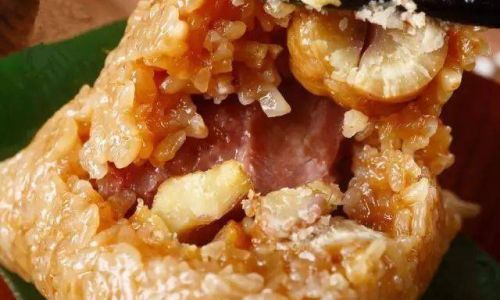
- Raw Chestnuts: Soak in warm water for 30 minutes before peeling to soften shells. Score deeply to prevent explosions.
- Cooked Chestnuts: Boil for 20 minutes, then roast at 200°C (392°F) for 10 minutes for enhanced flavor.
Nutritional and Health Perspectives
Chestnuts are nutrient-dense, offering fiber, vitamin C, and potassium. Raw chestnuts retain slightly more vitamins, as cooking can degrade some nutrients. However, pre-cooking breaks down complex starches, making them easier to digest—a benefit for those with sensitive stomachs.
The Verdict: Tradition vs. Innovation
The debate between raw and cooked chestnuts in zongzi ultimately reflects broader themes in cuisine: the tension between tradition and modernity. While purists champion raw chestnuts for their authenticity, contemporary cooks embrace convenience without sacrificing taste. Both methods have merit, and the “best” approach depends on context—geographical, cultural, and personal.
Conclusion: A Dish of Unity in Diversity
Zongzi, at its core, symbolizes community and heritage. Whether stuffed with raw or cooked chestnuts, the dumpling embodies the ingenuity of adapting local ingredients to create timeless flavors. As culinary traditions evolve, so too do techniques, but the spirit of sharing and celebration remains constant. So, the next time you unwrap a zongzi, savor not just the taste, but the centuries of debate and delight encapsulated within each bite.
Word Count: 1,450+


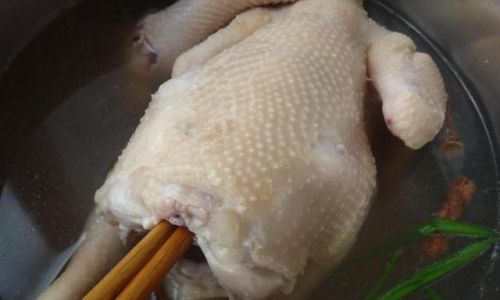
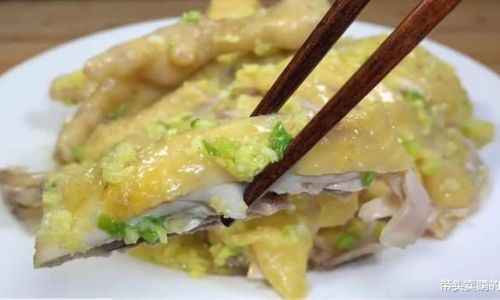

0 comments